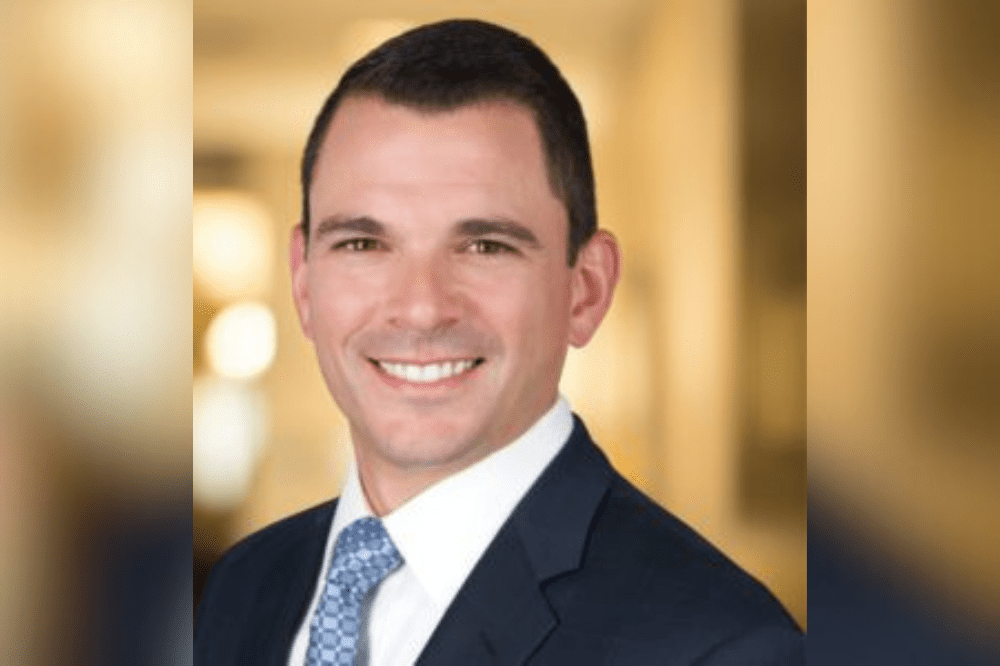Are D&O insurance rates "bottoming out" this year?

Are D&O insurance rates “bottoming out” this year? | Insurance Business America
Professional Risks
Are D&O insurance rates “bottoming out” this year?
Companies got some rate relief last year, but what’s ahead for the market?
Professional Risks
By
Gia Snape
Directors and officers (D&O) insurance rates will start to “bottom out” for legacy firms and public companies that did not go public in the last three years, according to one D&O insurance analyst.
Mike Tomasulo (pictured), senior managing partner and national management liability practice leader at BRP Group, said that older firms aren’t likely to get similar rate reductions again this year.
But firms that were in recent initial public offerings (IPOs) might still have room for their rates to lower.
“We’re seeing [the rate decreases] start to level off,” Tomasulo said. “I do not think we’ve seen the bottom, or do I think we’re going see the bottom in 2023 for companies that have gone public in the last year or two, because their ceiling is so much higher than a lot of their counterparts that have been public [for some time].
“They have a lot more room to go to get to the bottom.”
D&O market conditions ‘softened’ in 2022
After several years of historically high premiums and retentions, companies finally found some relief in their D&O programs and retentions last year.
A new benchmarking report by BRP Group in collaboration with Nasdaq found that overall D&O program costs, on average, were 35% lower due to lower excess and A-Side rate.
Nasdaq-listed firms surveyed saw their primary D&O insurance layer decrease by 20%, on average. Recent IPOs and de-SPACs, where private companies go public by merging with special-purpose acquisition companies, or SPACs, enjoyed a 28% rate decrease. New healthcare and tech IPOs saw the biggest decreases at more than 30%.
“I think there’s still going to be some significant decreases [in D&O insurance rates] for the SPAC and de-SPAC market, especially the ones that went public last year or two years ago that started paying at an all-time high,” Tomasulo said. “I do think there’s going to still be some room there even if the capital markets reopen.”
Despite the savings, however, companies are still opting for lower coverage amounts. A quarter (25%) of firms decreased their overall limits, compared to only 10% of companies that did the same last year, the survey found.
Other significant findings included:
Healthcare, technology and consumer discretionary were the top three industries that continue to see the most securities claims, and therefore pay the highest rates
Recent IPOs and DeSPACs saw their retentions drop by 40%
A majority (over 75%) of companies saw their premiums remain flat or decrease
BRP polled more than 350 firms regarding their D&O insurance programs for the second edition of the annual benchmarking report.
The survey aims to help businesses determine how their 2022 renewals fared against peers by both industry and market capitalization.
What has driven higher D&O insurance capacity and lower rates?
For Tomasulo, the “writing was on the wall” for rate decreases at the start of 2022. Between 2018 and 2021, the market saw some of the highest rates for D&O insurance in history, he said.
The popularity of SPACs during this time also drew a lot of concern from regulators, driving D&O rates higher.
“Going into 2022, we had all this capacity, because a lot of carriers that wanted to write D&O insurance, and it flooded the marketplace in mid-2021,” Tomasulo explained. “We started 2022 with probably as much capacity as we’d ever had.”
In contrast, investors pulled back on new IPOs and SPACs due to economic uncertainty and rising interest rates, plunging demand for D&O insurance.
How will D&O pricing impact the industry?
While lowering D&O insurance rates could put some stress on carriers and brokers, Tomasulo isn’t fazed.
“[D&O] is an interesting space,” he told Insurance Business. “If companies are paying more, carriers and brokers are making more. When the market shifts and companies are paying less, broker compensation is lower and carrier premiums drop.
“So, it’s always been an odd dynamic, in that what was best for clients isn’t necessarily what’s best for the brokers and carriers.”
Tomasulo pointed out that most firms are diversified in their offerings and that other lines of coverage, such as cyber liability, would help balance things out.
“It may hurt some of those that enter the market just to write D&O insurance,” he said. “I could see potentially some consolidation in that space if the market continues to soften.
“But I think overall, brokers and carriers are diversified enough. The insurance market is cyclical, whether it’s D&O, workers’ comp, or property, and these things have a way of ebbing and flowing and balancing each other out.”
What are your thoughts on where the D&O insurance market is headed? Let us know in the comments below.
Related Stories
Keep up with the latest news and events
Join our mailing list, it’s free!






